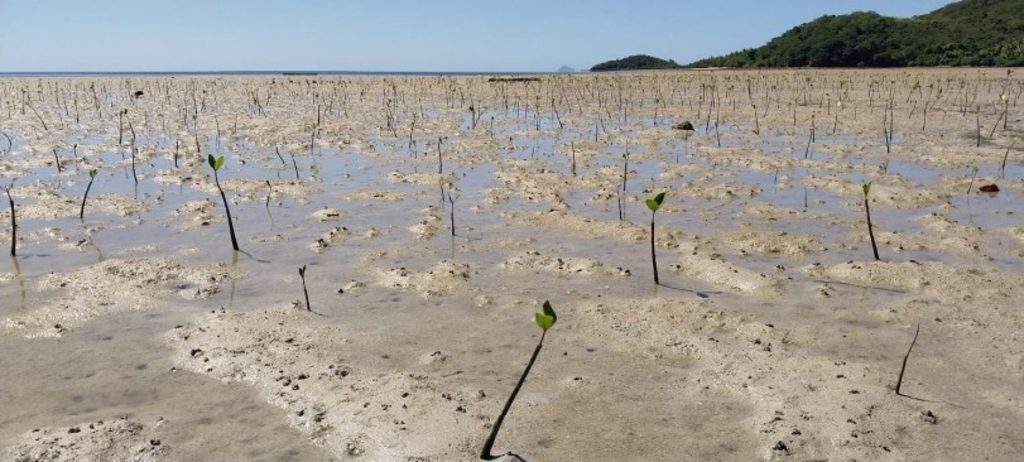Climate change is the biggest threat of our time. The significance of protecting and sustainably utilising our limited Mangrove Forests against the threat of climate change is of high importance not only now but for the benefit of our future generations.
As we celebrate the International Day for the Conservation of the Mangrove Ecosystem, it is vitally important that we remind ourselves of the various critical products and services that mangroves have and continue contribute to our well-being. It is important that these are protected and maintained in the face of climate change.
Mangroves provide food, shelter, and livelihoods while harboring incredible biodiversity, building coastal resilience, and acting as immense carbon sinks. With coastal communities already facing the impacts of a changing climate, we urgently need to invest in conserving and restoring mangroves now as nature-based solutions to adapt to our changing planet.
Fiji has approximately 47,000 hectares of land that is covered by mangrove forests occurring in the intertidal zones of the volcanic and limestone islands.
The largest stands, located around the major river deltas of Ba, Nadi and Rewa in Viti Levu and Labasa, Qawa and Dreketi in Vanua Levu, together comprise over 90 per cent of Fiji’s mangrove area. The Rewa Delta mangroves form the largest, most complex, and most intact mangrove system in Fiji.
However, our mangrove forest has been decreasing due to coastal land reclamation for development purposes over the years. Globally, it has been estimated that over 1 million hectares of mangroves have been lost since 1996, highlighting the urgent need for action to protect these vital ecosystems. While progress has been made in recent years to slow the rate of loss, the potential of mangroves to benefit both people and biodiversity, as well as their vital role in mitigating climate change, requires urgent collective action.
There is significant potential for leveraging our mangrove ecosystems in blue carbon initiatives and carbon trading. Mangroves, with their dense root systems, are exceptional carbon sequesters, capturing and storing large amounts of atmospheric carbon dioxide.
The Ministry of Forestry is promoting the sustainable management of our limited mangrove resources through the development of a Mangrove Management
Guidelines along with the replanting of degraded mangrove forests and expansion of the current mangrove areas.
The Ministry of Forestry has so far replanted a total of 51 hectares of degraded mangrove areas covering the 14 provinces in Fiji with the highest area planted in the province of Rewa followed by the province of Cakaudrove comprising 35 per cent and 26 per cent of the total area planted respectively.
Taking into consideration the significant importance of this ecosystem to the people of Fiji, especially to those who are highly dependent on coastal ecosystems for their day-to-day living, the Ministry of Forestry will continue to advocate on the sustainable management of our mangrove ecosystem.



